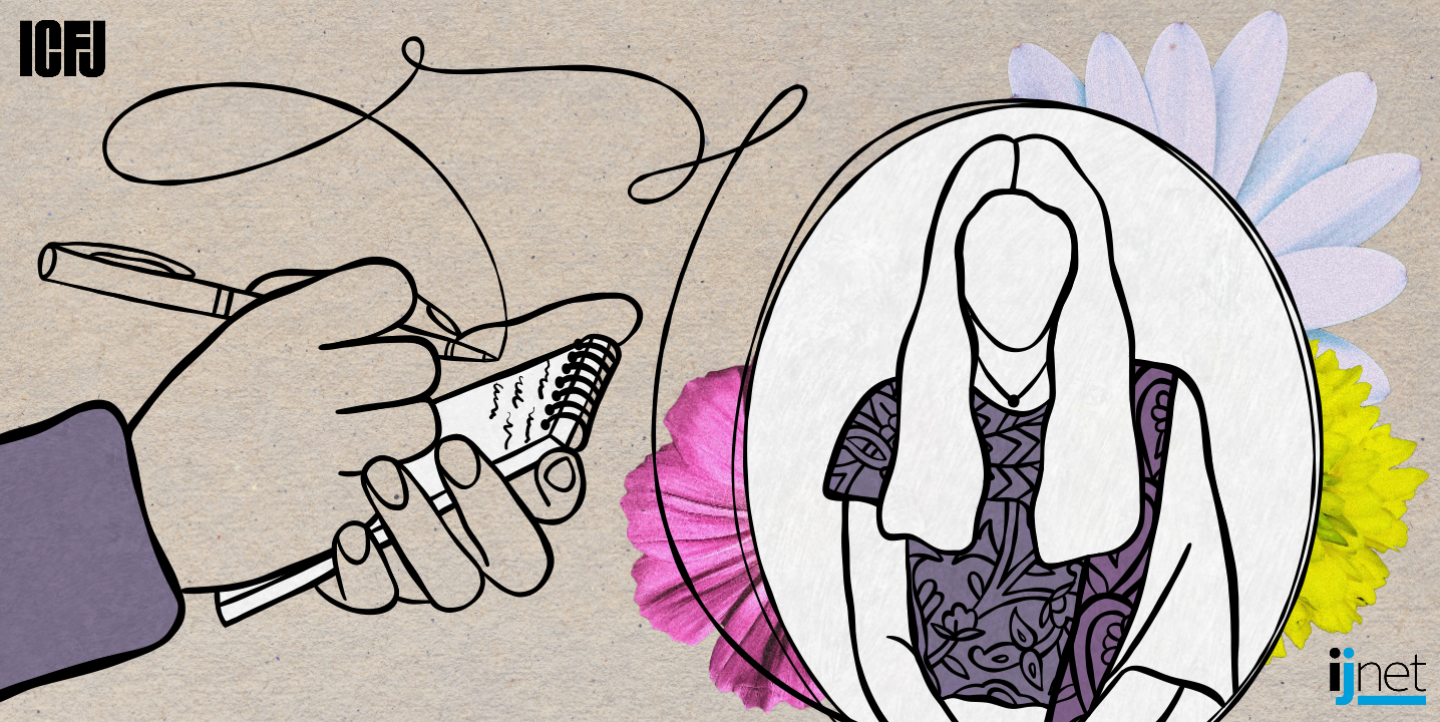In a column about how to interview vulnerable sources without exploiting them, media ethicist Kelly McBride issued a reminder: “Reporters have an extra ethical obligation when working with people who don’t routinely give interviews.”
These words ring especially true in countries where those who speak publicly about certain issues risk being attacked for their views. In South Asia, religion is one topic likely to unleash a firestorm of backlash.
Journalists on the religion beat face difficult choices. Giving voice to those with less of a platform breathes life into their reports. Without these personal testimonies and eyewitness accounts, the public – and policymakers – would be kept in the dark about human rights violations, oppression of vulnerable minorities, and more.
Yet, quoting sources in a story about violence against Muslims in India, for instance, or attacks against Hindus in Pakistan could place lives in danger. What safeguards exist for those who risk retaliation by speaking out?
Granting anonymity is one solution, said McBride, who is the public editor for National Public Radio (NPR) and a senior vice president at the Poynter Institute. “But to work, it must be done well,” she noted, citing the following guidelines for using anonymous sources:
- In the interest of transparency, describe in the story how you know the source is telling the truth.
- Explain why you granted anonymity and the risks the source faces if identified.
- Be careful not to inadvertently reveal the source’s identity by mentioning where the interview took place.
- If a cloaked photo accompanies the story, strip off metadata to avoid revealing the location or other information, such as time and date.
- When granting anonymity, be intentional about every decision you make. The source’s safety may depend on it.
McBride would like to see the journalism profession establish more formal guidelines to protect vulnerable sources. She created a toolkit of best practices for reporters working with those who need protection. Among them:
- Making contact: “Start with an informal conversation that is off the record. Describe the story, how long it might take to report and what type of questions you are likely to ask [...] explain all the places the story will appear, including if it will live forever on your newsroom’s website.”
- Identification: “Work with your editor to offer private individuals a range of options for how they will be identified. Consider initials, middle names or other ways to afford the source a level of privacy.”
- Ongoing participation: “When a source reveals information that could cause personal harm or embarrassment, give them a chance to rephrase or reframe the information if it’s relevant to the story.”
- Before publication: “Be sure the source knows when the story is planned to be published and where it will appear. Tell them how the story is likely to be featured on various social platforms.”
- After publication: “As soon as the story is publicly available, let them know how they can see or hear it."
At NPR, explained McBride, managing editors must approve use of anonymous sources to ensure the practice “is reserved for those who truly risk harm."
The Poynter Institute provides ethics advice and guidelines under the “Ethics and Leadership” section of its website.
Gaining trust and access
Media Matters for Democracy (MMD) in Islamabad provides training on how to report ethically on marginalized communities.
A message from the website: “Journalists must exercise humility in order to hear the stories of the underprivileged. There is no alternative to spending time with those you want to report on and making them know about your intentions and listening to their conversation.”
MMD offers the following advice for building trust and gaining access to vulnerable populations:
- Use existing relationships. Ask current sources about connections with marginalized communities and use their help to get introduced to new sources within those groups.
- Explain your process. Journalists can win trust by explaining who they are working for, what story they are working on, why they need to speak with group members and how it will benefit their story. If necessary, risks should be part of the conversation.
- Don’t be a stranger. If you find a source from a religious minority who provides good information, check in with them regularly but safely. If there’s someone you haven’t heard from for a while, give them a call.
MMD also uses a method called “Systematic Moral Analysis” to promote ethical decision making. Journalists address such questions as:
- Does the story fulfill a journalistic responsibility?
- Is it in the public interest?
- Does it further any watchdog role?
- Will it serve traditional news values?
- Will it cause physical, financial or reputational harm? If so, is causing harm justified?
- Does the action promote the overall good in society?
A final thought: When reporting on religious minorities – or other vulnerable groups – journalists must weigh public interest against potential harm, and show compassion, especially if sources are being persecuted. Always consider: What is my journalistic mission? What alternatives do I have? What are foreseeable consequences? Can I defend my actions to the public, my bosses and myself?
Other resources
- Code of Ethics, from the Society of Professional Journalists ethics code
- Ethical Ground Rules for Handling Sources, from the Ethical Journalism Network
- Code of ethics for visual journalists, from the National Press Photographers Association code for visual journalists
- Global Charter of Ethics for Journalists, from the International Federation of Journalists
- Standards & Values, from Reuters News Agency
Header photo by Gabrielle Rocha Rios.
This resource is part of a toolkit on religion reporting, produced by IJNet under ICFJ's program, Stemming the Tide of Intolerance: A Network of South Asian Journalists to Promote Religious Freedom.

